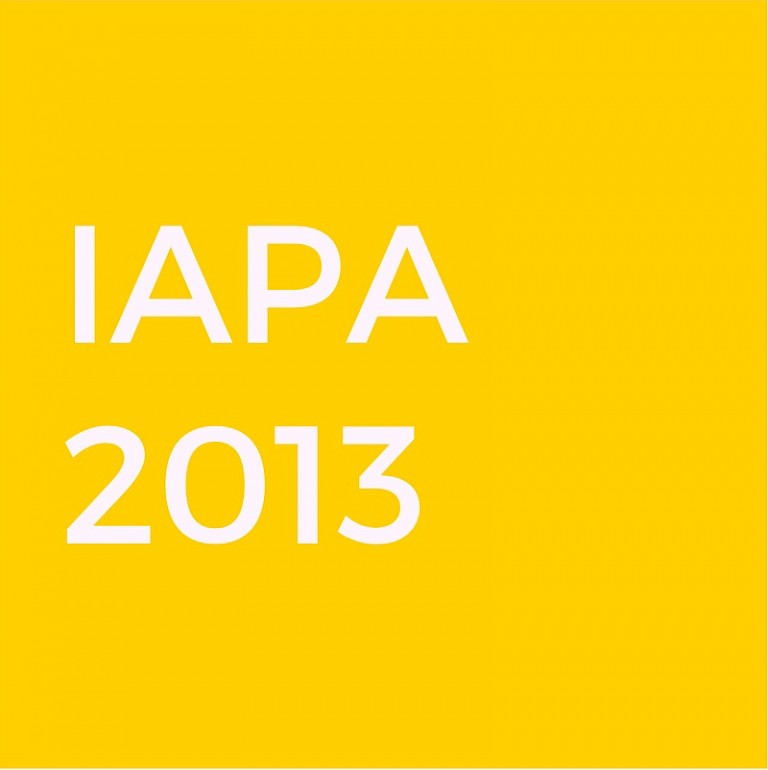



In “Census,” Glesta has transcended the traditional use of numerical symbols, eliciting mythic elements from these usually straightforward symbols. The resulting atmosphere is both mystical and accessible, intensifying individuals' connection to the physical environment surrounding them.
As part of her project, she tried to take into account the 10,000 employees who work in the million square foot Skidmore, Owings & Merrill-designed Census building. Her humanizing of the space included adding benches, landscaping, and small nooks that make the area appear fun to explore. “All I can do is hope that my role as an artist can effect some kind of other thinking about census, even from the employees, who look at these symbols everyday and might think ‘Gee, this is actually more than data, this is about the history of counting humans’ and ‘who are the people of this country,’” she says.
Illustrated, tiled slabs nestle among green plantings and grass. These grids depict screen-printed photographs of hundreds of faceless, nameless, generic human figures dressed in T-shirts and jeans, arms akimbo, confronting the viewer. The figures are overprinted with integers running endlessly, repetitively, from 0 to 9. A brick bench in the shape of the numeral 1 sits between two halves of an earthwork referencing Native American burial mounds. On each earthen hemisphere, hand-painted tiles chart numerals from Native American corporeal, or hand-based, numerical systems. Arabic, Chinese, and other numerical systems cover walls throughout the walk. The synthesis of image, language, and text is graphic and immediate in its ability to communicate diversity.
An element of dissent runs through Census: the core of its noncompliance reclaims the truly messy hodgepodge that is American history and places it directly in view of a hefty bureaucratic juggernaut. In “Census,” Glesta seizes on the well-meaning intentions of public art and clarifies them into active participation in the Commons, or the Village Green. The right to peaceable assembly, she implies, applies as much to a lunchtime schmooze as it does to a community’s responsibility to discuss who it is and where it is headed. Ultimately, her stoic and playful approach encourages viewers to sit and convene in conversation and people watching.
All copyright belongs to Shanghai Academy of Fine Arts, Shanghai University.



